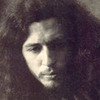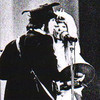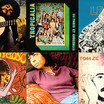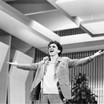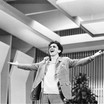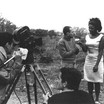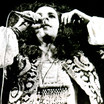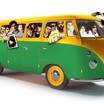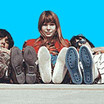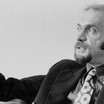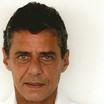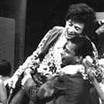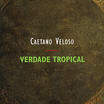Ruídos pulsativos
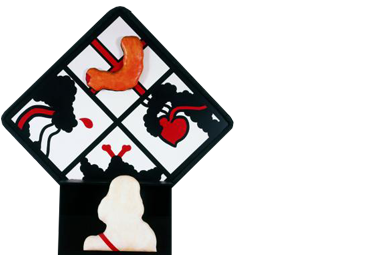
Marginália
Helio Oiticica was one of the principal idealizers of marginalia who, in 1968, defined anti-art as: an experimental art, distant from the conventional, going beyond the classic dimensions of painting and sculpture and invading the spaces that lay beyond the museums and galleries. Anti-art broke the passive relationship between the spectator and the work of art, inviting them in and provoking their direct participation in the work that was being seen or experienced. Besides this, it started to use new materials from everyday life and invested in the precariousness of these materials. This new perspective took art out of the realm where it was wholly dominated by the visual image and transferred the esthetic experience of an artwork to the “body” or to other elements. Even though it was not an organized movement, a series of Brazilian artists whose works subverted traditional artistic values allied themselves with the anti-art group, and turned into marginal artists themselves.
Besides propagating the anti-art concept, Oiticica created one of the key art works – and slogans – of the period, the Brazilian flag with the motto “be an outlaw, be a hero” substituting the words “Order and Progress” (the artist’s tribute to his friend, Cara de Cavalo – Horseface, a famous Rio underworld figure who had been killed by the police). This controversial artwork was part of the equally controversial concerts that Caetano, Gil and the Mutantes put on at the Rio nightclub Sucata in October 1968. Dubbed by critic Mario Pedrosa as the period of “free experimentalism”, the end of the 1960s and the beginning of the 1970s were crystallized by a few key events, such as the group manifestation Apocalipopótese (Apocalyptopothesy), held on the Aterro do Flamengo (the gardens above Flamengo beach), and the Domingos da Criação (Creative Sundays) organized at Rio’s Museum of Modern Art (MAM-RJ) by the critic Frederico Morais. Apocalipopótese was important because it was the moment that the experimental anti-art proposal hit Brazilian cultural circles. Works such as Antonio Manuel’s Urnas Quentes (Hot Urns), Lygia Pape’s Ovos (Eggs), and Rogério Duarte Dog’s Act, all had a lasting impact on the artistic agenda, inspiring various new artistic directions in the years to come.
At the beginning of the 70s, a number of artists from the previous decade joined up with the new artists and began to radicalize their work. In turn, this new, innovative work shaped the anti-art concept. Oiticica, who spent the year of 1969 in London, continued his provocative and iconoclastic work without interruption, continuing controversial with a string of new concepts such as his arte ambiental 1 (ambience art 1), crerlazer (believeleisure) and subterrânea (subterranean). Lygia Clark’s work was to develop in surprising ways for one who had started out in neo-concretist theory. The body and the sensorial began to take a central space in her work. Her installations O corpo é a casa (The body is the house) and Baba Antropofágica (Cannibal Saliva) are examples.
Concurrently with these artworks and events, other new artists, notably Antonio Manuel, Artur Barrio and Cildo Meireles, produced radical work which marked the period. Three works that they produced in 1970 pushed out the boundaries for experimental art during the rest of the decade, defining the ground rules for the future. The first was Antonio Manuel’s Corpobra (Bodywork), in which the artist presented his own nude body at the Modern Art Salon in Rio’s Museum of Modern Art (MAM-RJ), scandalizing public and critics alike. Cildo Meireles made one of the most subversive and radical pieces of the period, Inserção em circuitos ideológicos (Insertion in Ideological Circuits), in which he made subtle alterations in the inscriptions on Coca-Cola bottles and one-Cruzeiro banknotes and then put them in circulation. And Arthur Barrio made hidden, or clandestine artwork, Trouxas Ensangüentada (Bloody Rags) in which he left bundles of meat, blood and bones wrapped in white cloth in strategic points throughout cities such as Belo Horizonte and Rio de Janeiro. Many of the T.E. set off public commotion and the police were called in to try and “identify” the bloody bodies. Radicalism and experimentation summed up the spirit of the time.
It is worth mentioning that, as it was for musicians and writers, the Super 8 movie camera was a tool much used by artists in this period. Oiticica, Lygia Pape, Artur Barrio, Carlos Vergara, Ana Maria Miolino and many others worked in this medium, using it both for film-making and for documenting their work.





